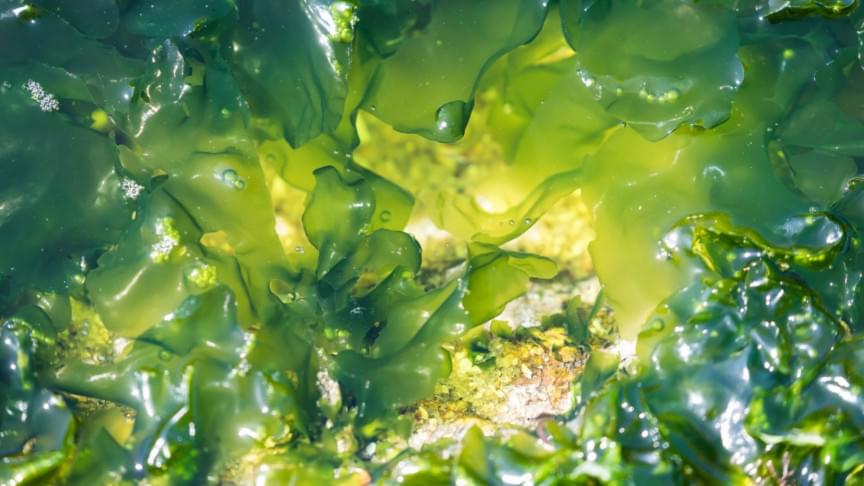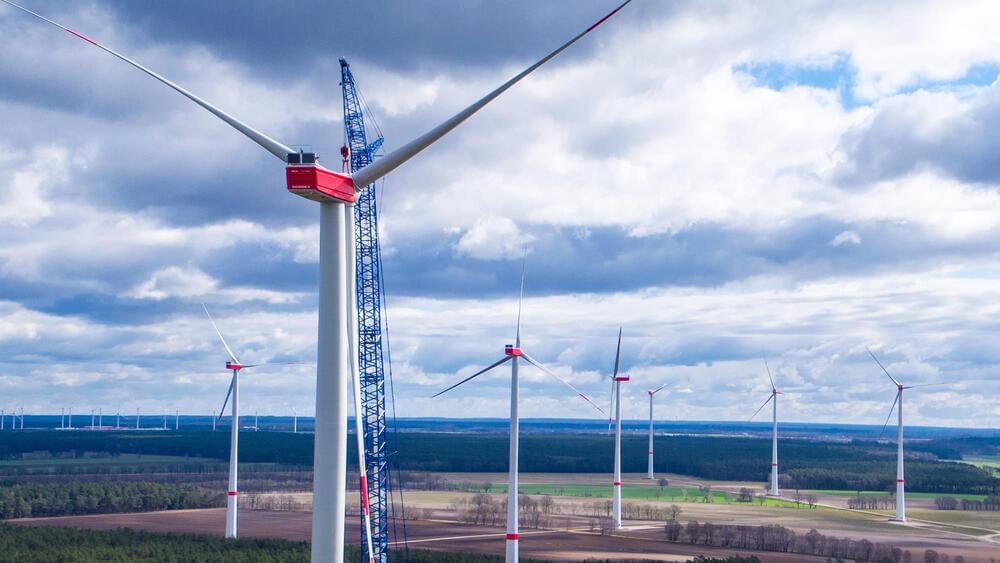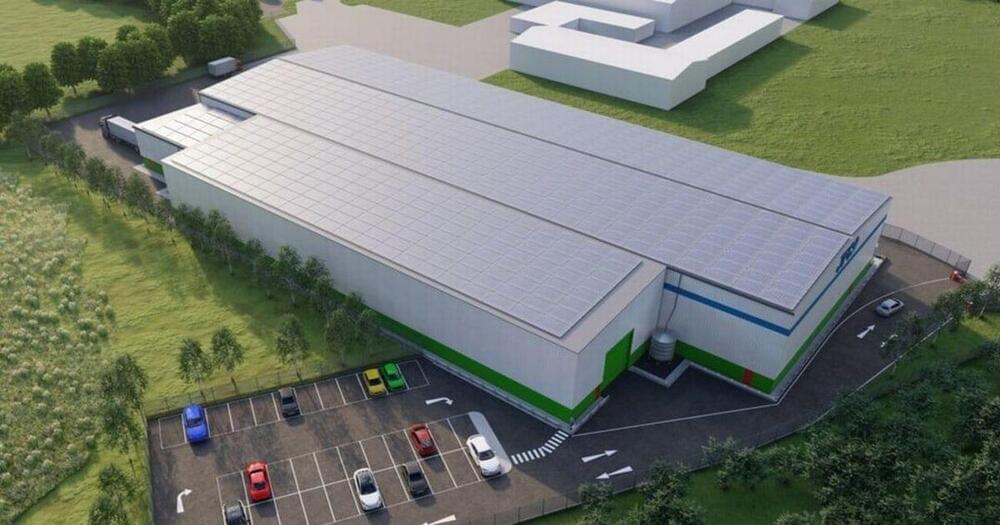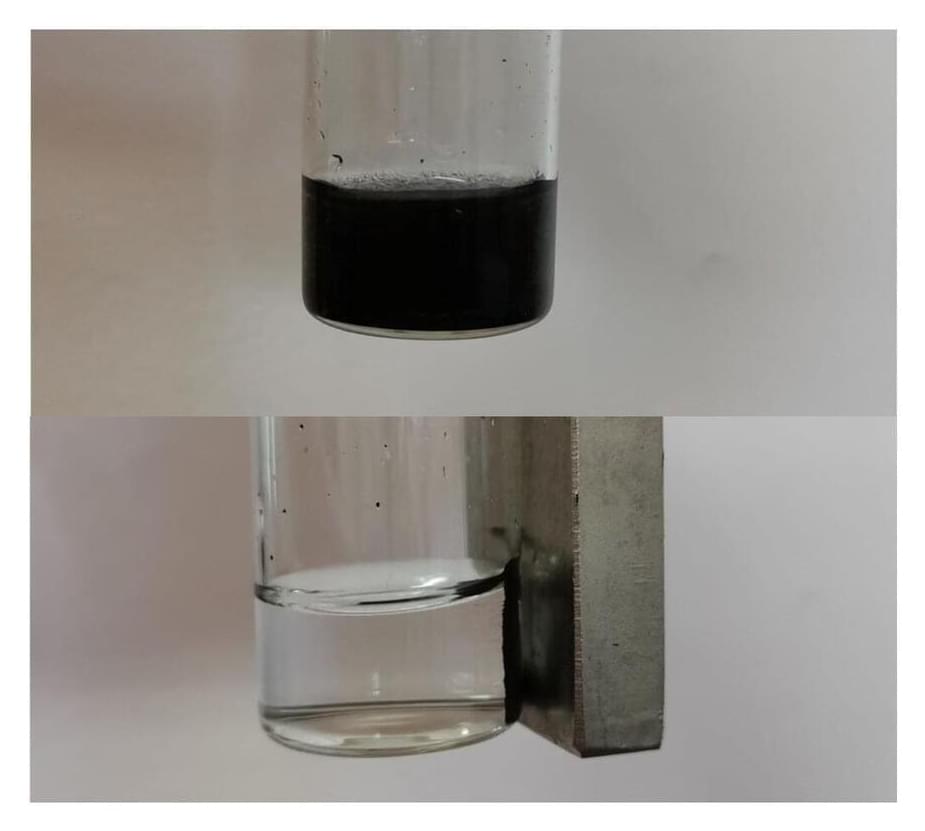
Category: sustainability – Page 362


Meet HELIOS, an automated solar panel cleaning system
To maintain peak efficiency, solar cells must be regularly cleaned of dust and other accumulated dirt. However, many panels are installed in high or hard-to-reach locations, which makes cleaning them difficult, time-consuming, and also simply dangerous. One solution is to use aerial drones to spray soapy water on dirty solar panels. However, these drones often run out of battery quite quickly. In addition, they also do not make direct contact with the panels, so they may not completely wash away dirt.
To solve these problems, a Belgian startup, ART Robotics, has developed HELIOS, an automated cleaning service for solar panels. It’s a fully autonomous system that can access difficult-to-reach places and eliminates dangerous and costly work.
The system consists of autonomous cleaning robots that can move autonomously over the panels. These are placed on the solar installation using a drone platform. The drone uses its computer vision to spot the photovoltaic array and flies the bot to the exact location. The HELIOS Cleaning Bot is a lightweight robot that can autonomously clean solar panels. An innovative traction system allows the robot to move on inclined surfaces and even cross over to adjacent panels, thoroughly cleaning them using a brush and vacuum combination.


A ‘greener’ way to clean wastewater treatment filters
Membrane filters don’t require much energy to purify water, making them popular for wastewater treatment. To keep these materials in tip-top condition, they’re commonly cleaned with large amounts of strong chemicals, but some of these agents destroy the membranes in the process. Now, researchers reporting in ACS Applied Materials & Interfaces have developed reusable nanoparticle catalysts that incorporate glucose to help efficiently break down contaminants inside these filters without damaging them.
Typically, dirty wastewater filters are unclogged with strong acids, bases or oxidants. Chlorine-containing oxidants such as bleach can break down the most stubborn organic debris. But they also damage polyamide membranes, which are in most commercial nanofiltration systems, and they produce toxic byproducts. A milder alternative to bleach is hydrogen peroxide, but it decomposes contaminants slowly.
Previously, scientists have combined hydrogen peroxide with iron oxide to form hydroxyl radicals that improve hydrogen peroxide’s efficiency in a process known as the Fenton reaction. Yet in order for the Fenton reaction to clean filters, extra hydrogen peroxide and acid are needed, increasing financial and environmental costs. One way to avoid these additional chemicals is to use the enzyme glucose oxidase, which simultaneously forms hydrogen peroxide and gluconic acid from glucose and oxygen. So, Jianquan Luo and colleagues wanted to combine glucose oxidase and iron oxide nanoparticles into a system that catalyzes the Fenton-based breakdown of contaminants, creating an efficient and delicate cleaning system for membrane filters.

Solar panel-covered Sun Rock will generate 1 million kWh of clean energy per year
Dutch firm MVRDV has launched the first look at its upcoming “Sun Rock” project in Taiwan, an environmentally conscious and design-minded power supply building. Anticipating Taiwan’s planned transition to green energy, the features of the Sun Rock building, from its shape to its façade, are focused on generating solar energy as efficiently as possible.
Located at the Changhua Coastal Industrial Park, near Taichung, the building’s primary purpose is to store and maintain suitable energy equipment. The building is almost totally covered with solar panels, capable of generating roughly 1 million kWh of green energy every year.
The site for Taipower’s new facility receives a significant amount of solar exposure throughout the year, and so the rounded shape of Sun Rock is designed to maximize how much of that sunlight can be harnessed for energy. The building slopes gently downwards on the southern side, creating a large surface area that directly faces the sun during the middle of the day. At the northern end, on the other hand, the dome shape is intended to maximize the area of the building exposed to the sun in the mornings and evenings.

Tritium partners with Wise EV to roll out national US charging network
Charging station manufacturer Tritium (Nasdaq: DCFC) has formed a partnership with Wise EV, a subsidiary of renewable energy service provider Wise Power, to provide DC fast chargers for a new national EV charging network.
The new network is expected to start with 25 locations at Florida gas stations. Florida is the number-two US state for EV sales, and received the third largest state allocation under the new National Electric Vehicle Infrastructure (NEVI) Formula Program Guidance.
Wise EV plans to build its network using a hub-and-spoke strategy, centering the charging around metropolitan hubs and connecting those cities with Interstate highways as spokes. The eventual goal is to build a coast-to-coast charging network. The company plans to establish its metropolitan charging hubs in 2022, and connect those hubs with Interstate charging spokes in 2022 and 2023.

